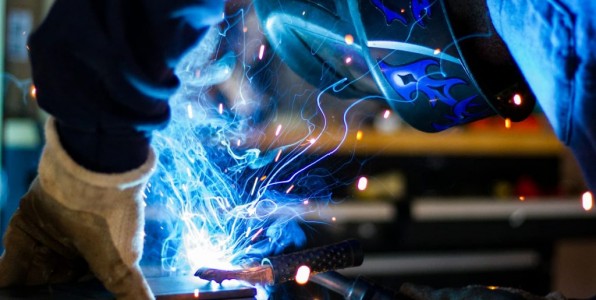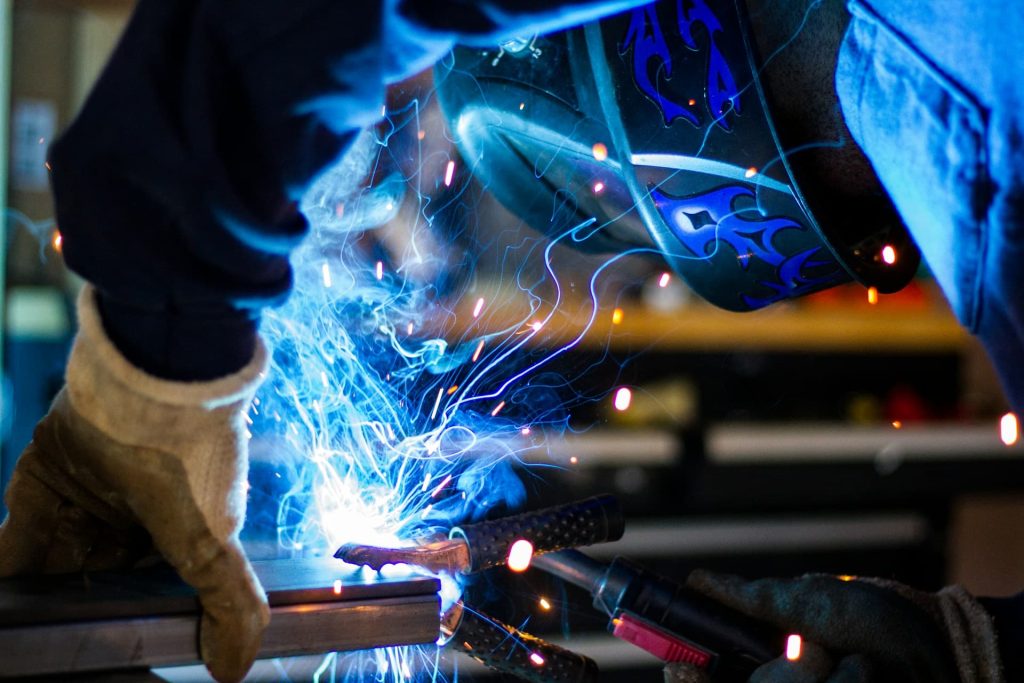How AI And ML Transform Construction In Risk-Free Working Places

How AI And ML Transform Construction In Risk-Free Working Places
The post How AI And ML Transform Construction In Risk-Free Working Places appeared first on UK Construction Blog.
As the artificial intelligence (AI) sector grows by leaps and bounds and becomes increasingly influential in people’s lives, the same can be said for its involvement in the construction sector. The AI industry is predicted to hit a staggering $1.8BN by the end of the decade, and the construction market, with its increasing investments in AI-based startups and acquisitions, is a big contributor to this growth.
Besides the many working areas in which technology has improved over time, people’s safety has always been a priority. Tech advances improve safety protocols, decrease workplace mishaps, prevent injuries, and reduce the number of compensation claims received by negligent participants, to name a few of the downright effects achieved.
Generally, through different AI-based categories, including deep learning and machine learning, construction businesses may spot threats rapidly, assess live progress, find possible perils and improve their decision-making to address and prevent accidents. As these upgrades help companies stay afloat and thrive, and employees work protected from risks, experts from PersonalInjuryClaimsUK encourage construction businesses to continue investing in AI-based tools that make a positive difference in their companies. Thorough research must be conducted before pouring capital into an acquisition to ensure the enterprise makes an unrushed, wise choice. But from then on, they can sit back and watch how savings are generated by reductions in damages paid to accident workers, less equipment needing fixing or replacement, better predictive analysis showing areas that need further investments, and so on.

The bigger picture
Construction employees are five times more prone to incur accidents and injuries at work compared to other workers, OSHA discloses. In 2022, 5,486 deadly workplace accidents occurred, out of which many could’ve been prevented were there better protection measures in place. AI paves the path to fewer workplace accidents and, subsequently, fatalities. Firstly, some operations currently conducted by employees whose lives are at stake could easily be done through AI-powered equipment, such as assessing locations where natural calamities provoked damages to help crayon the reconstruction scheme. Why endanger humans when AI drones are just as easily usable as they’re purchasable and installable?
Moreover, AI may assess pictures and videos live from worksites, spotting irregularities like dangerous scaffold planks, wrong equipment usage, or restricted emergency exits. Staff and supervisors get notified in real-time about such perils endangering human lives, speeding up their reactions and improving the intervention times to prevent catastrophes from happening.
Last but not least, it’s a known fact that workers don’t use protective gear 24/7. As many disasters occur when this equipment is neglected, AI promotes awareness, shows the consequences of this bad behaviour, and predicts the areas where lack of gear leads to accidents.
Tech used in AI-fueled worksite surveilling
AI-powered construction sites employ a range of technological innovations to ensure flawless monitoring of live events, such as the ones enumerated below.
- Machine learning (ML) algorithms assess construction information and reveal peculiarities or patterns. This empowers users to foresee outcomes delays or determine when the established budget can be exceeded to infuse additional capital.
- Unmanned aerial vehicles, often known as drones with sensors or cameras, are highly efficient in shooting videos and pictures on worksites. Computer vision mechanisms assess this content to track progress, spot possible threats, and build three-dimensional representations for analysis.
- Cloud computing platforms can process and store immense data volumes from various sources. This way, valuable solutions emerge to close deals among stakeholders, help access and manage live data, and manage complicated computations.
- IOT sensors and devices used on construction sites can assess data on numerous parameters, such as vibrations, noise rates, humidity levels, temperature, and gear status.
- Wearable sensors, such as IOT wristbands or smart suits and helmets, can monitor motions and actions on the worksite, surveilling productivity, involvement, and safety protocol implementation. Â
- Computer vision, on the other hand, involves techniques for assessing videos and images from cameras to trace the progress of tasks, spot possible threats, and discover safety violations. Â
- Augmented Reality (AR) tech enables stakeholders, from suppliers to packaging providers, to envisage different design models, compare representations, conduct live quality checks, and so on.
- Mobile applications are mandatory for any worker to use, obligating them to capture and report essential information and access construction documentation and plans, among other things. This provides the advantage of rapid real-time notifications when anything on the worksite goes wrong.
Predictive analysis – predicting accidents before they take place
Today’s means of analyzing daily safety in construction can be corrupted, subjective, compromised, and so on. AI-fueled predictive analytics eliminates all these anomalies through the processing of historical data. The net advantages of these practices include but are not limited to safer job environments and fewer possibilities of budget-wrecking delays.
Predictive maintenance strategies enable users to detect gear damages and irregularities well before threatening people’s well-being. Moreover, it assists managers responsible for ensuring the safety of the constructions, predicting downfalls, and coming up with the right, timely upkeeping solutions. This decreases the accidents commonly occurring because of faulty equipment and machines, among others.
There are challenges, too
There’s no such thing as a flock without a black sheep, and clearly, technology without flaws is just as improbable. The integration of AI on construction sites encounters a few challenges, such as concerns associated with data security and privacy. AI works through data, so solutions that protect the vast amounts of such sensitive information are critical. Moreover, the introduction of such innovations into old systems can be problematic.
As time passes, more and more construction companies will familiarize themselves with AI integration on their worksites.
Endnote
AI continues to expand across different sectors to enhance efficiency and improve stakeholders’ safety, whether we talk about suppliers or workers. Nowadays, technological evolution disrupts how the construction landscape considers workplace safety.
Lately, construction companies have started to leverage artificial intelligence to improve processes like risk reporting, equipment quality assessment, protocol violations, and so on. The construction sector can use big data to foresee accidents before they happen, among other areas that significantly improve job site safety for everyone.
Comments are closed